
Just 150 years ago, Africa’s savannahs teemed with over a million black and white rhinos.
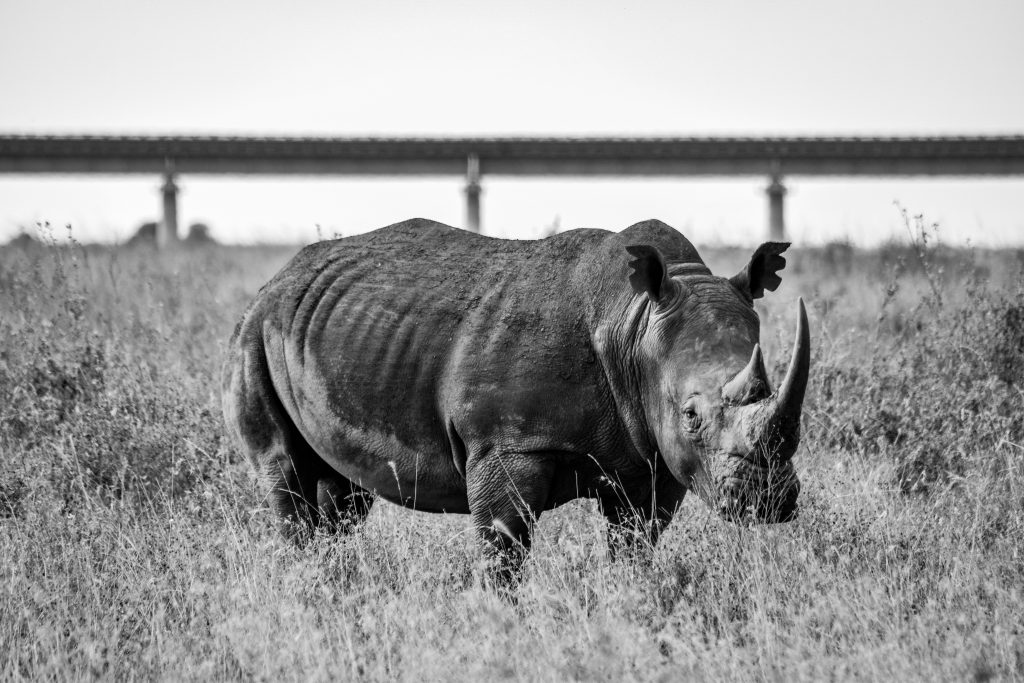
Relentless hunting by European settlers saw rhino numbers and distribution quickly decline.
Poaching also escalated during the 1970s and 1980s as demand grew for rhino horn, a prized ingredient in traditional Asian medicines – leaving both species at risk.
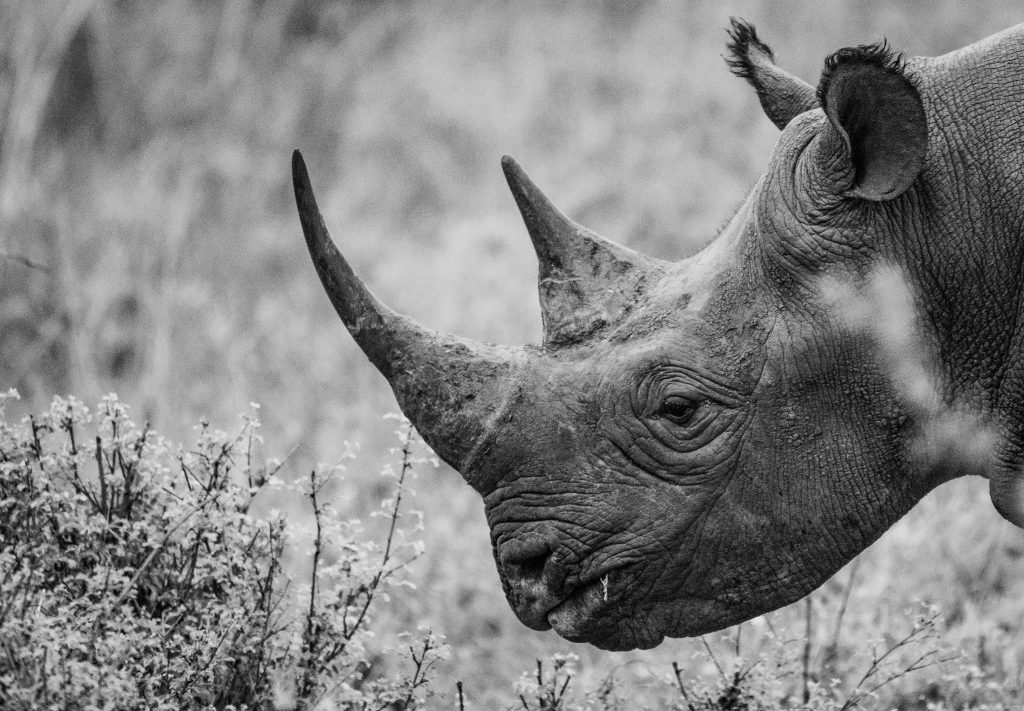
Thanks to vigorous conservation and anti-poaching efforts and an international ban on the trade in rhino horn, some African rhino populations are now stable or increasing.
However, most of the continent’s remaining rhinos are found in just four countries – South Africa, Namibia, Zimbabwe and Kenya. Very few African rhinos now survive outside of protected areas and sanctuaries.
And poaching is again threatening the survival of some populations.
Source: African Rhinos l WWF
The only way to save a rhinoceros is to save the environment in which it lives, because there’s a mutual dependency between it and millions of other species of both animals and plants.
– David Attenborough

Status: Endangered
Near Threatened (White rhino), Endangered (Black rhino)
Thanks to vigorous conservation and anti-poaching efforts as well as the international ban on the trade in rhino horn, some African rhino populations are now stable or increasing. However, both species are again at risk due to a huge surge in poaching to meet demand for illegal rhino horn, primarily in Asia. Countries and conservationists are stepping up their efforts but record numbers of rhinos are currently being killed.
The Importance Of The Rhino Species
Rhinos are ‘keystone species’ – mega-herbivores that help shape entire ecosystems.
Besides have been around for millions of years and their presence and role within an ecosystem having a disproportionate effect on other organisms within the system. They’re important grazers, consuming large amounts of vegetation, which helps shape the African landscape. This benefits other animals and keeps a healthy balance within the ecosystem.
Sources: Africa Geographic & Boucher Legacy
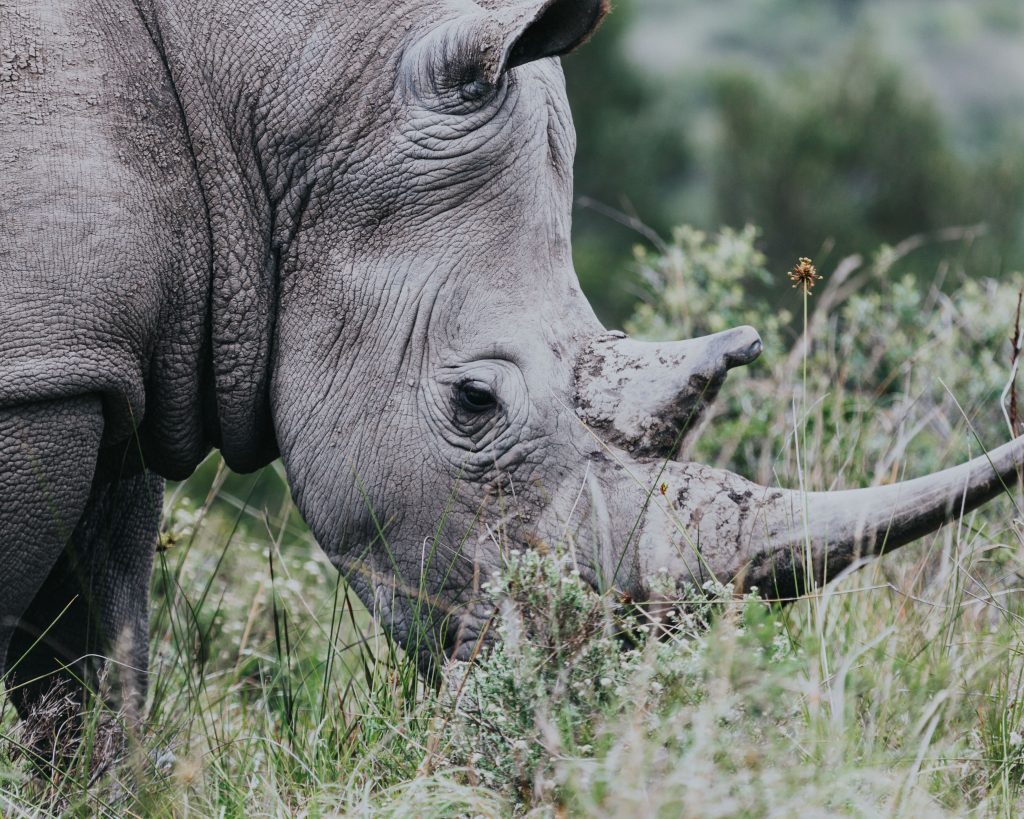
Reform vegetation by maintaining short-grass lawns.
Short grass lawns are essential for the survival of certain plants and many species cannot survive in wooded or long-grass ecosystems. White rhinos mow the grass to a height that provides suitable habitat for these species. These rhino lawns also act as areas of sanctuary during veld fires (for slow-moving tortoises, for example) and for plant species that cannot tolerate fire.
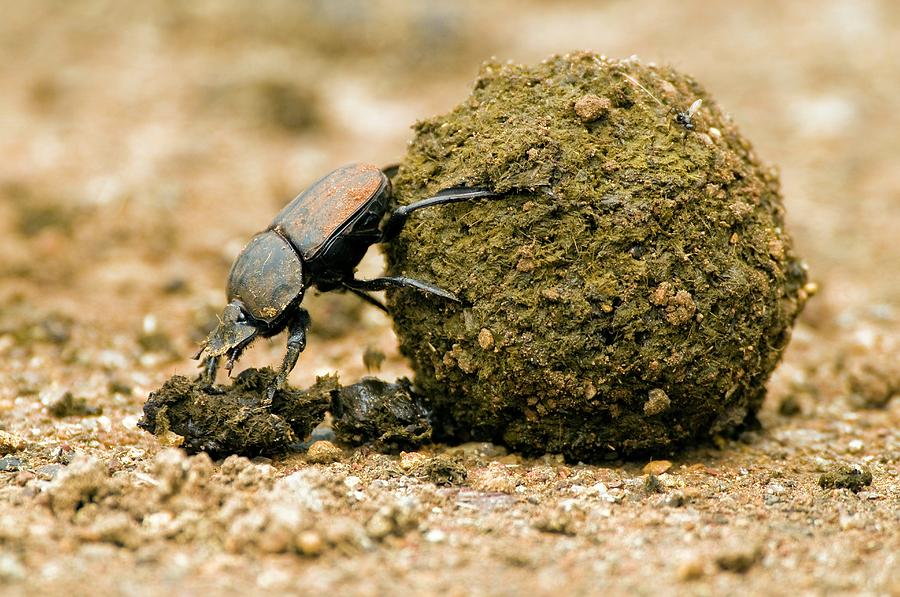
Spreading of much-needed nutrients and providing for complex food chains.
Rhinos consume more than 50kg of vegetation per day and deposit more than a staggering 20kg of dung, with males creating dung’ middens’ (spots that are habitually used for defecation) to mark their territory. Rhino dung fertilises the soil and creates livelihoods for many other species, such as the dung beetle, who lay their eggs within the rolled-away dung and bury it to keep it safe from predators. Crested guineafowl and other large birds dig through the dung looking for insects as well as undigested seeds, …yummy!
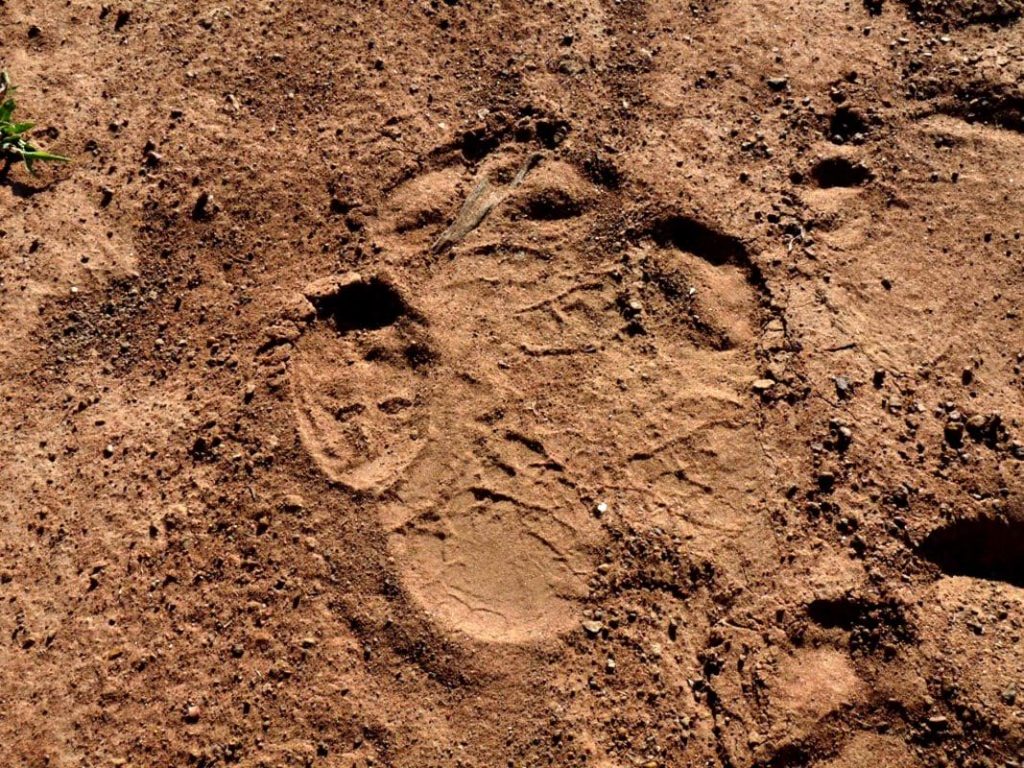
A member of the iconic ‘Big 5’.
By being one of the iconic “Big Five”, rhinos play a vital role in monetising ecosystems and allowing other less charismatic and obscure species to continue playing their ecosystem roles.
‘Big Five’ is a term used by big game hunters to denote the five most dangerous African animals to shoot on foot – lion, elephant, buffalo, leopard and rhino. This term has subsequently been co-opted by eco-tourism ‘safari’ operators and high-end, highly-priced game lodges who market a Big Five experience as a selling point. South Africa (and to a lesser extent, Namibia) is unique in being able to provide Big Five regular sightings because of the relative abundance of rhino. White rhino, particularly, pull their weight in this regard because they are large, visible and territorial – and so are easily ‘delivered’ to tourists.
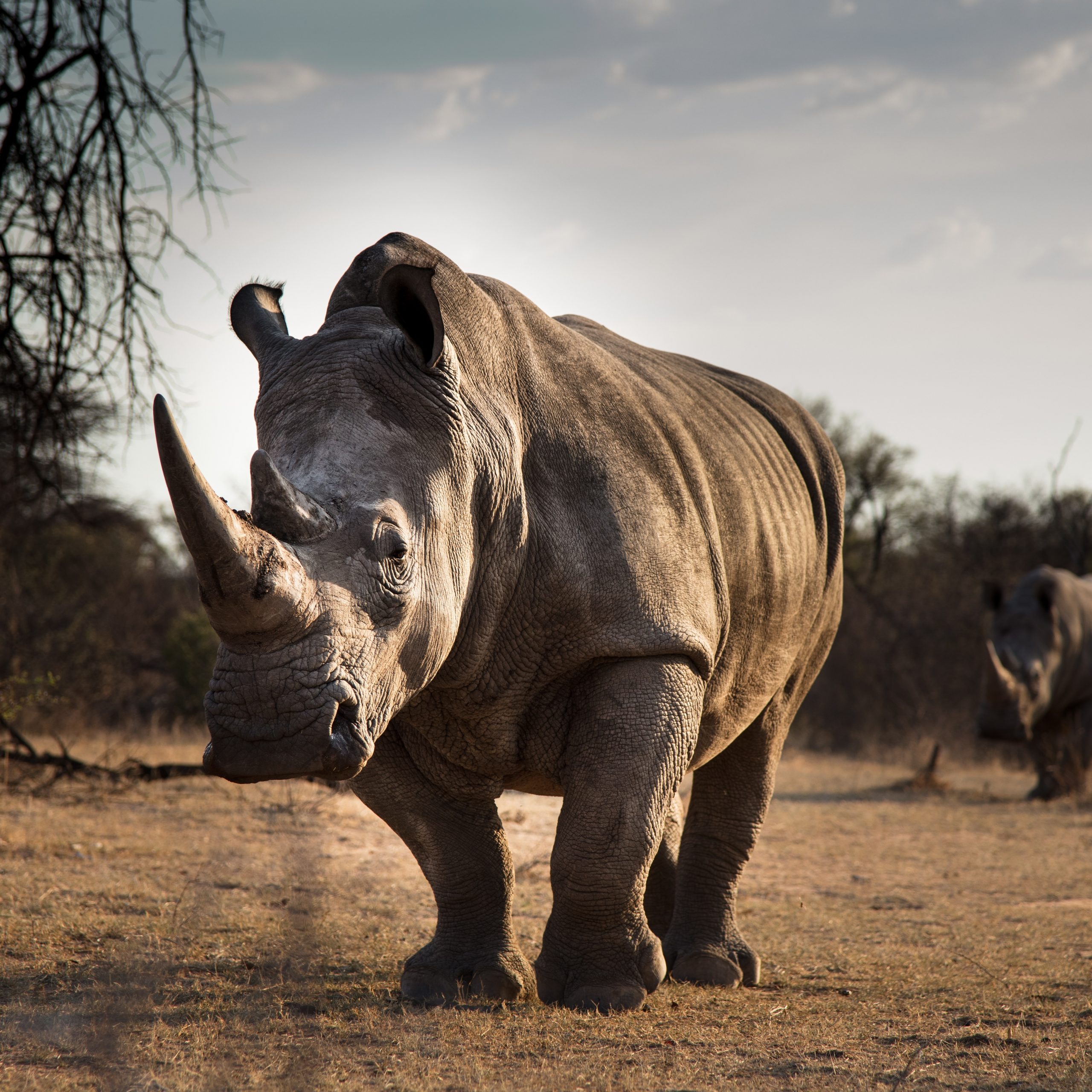
Did you know?
White rhinos are bigger than black rhinos and have a squared upper lip and almost no hair.
Despite their names, both the white rhino and black rhino are the same dark grey-brown colour.
It’s thought that the name ‘white rhino’ is a misinterpretation of the Afrikaans word ‘wyd’, referring to its square upper lip. Black rhinos have hooked lips.
Both species of these armoured giants are vegetarian and need to eat large amounts of food every day.

Today, fewer than 25,000 rhinos remain. Habitat loss and destruction as well relentless poaching will continuously threaten the future of these one-of-a-kind giants.As an agency we firmly believe in bringing awareness of how incredible the rhino truly is. We strive to contribute profits to various rhino organisations dedicated to defending our remaining rhinos and supporting their recovery.